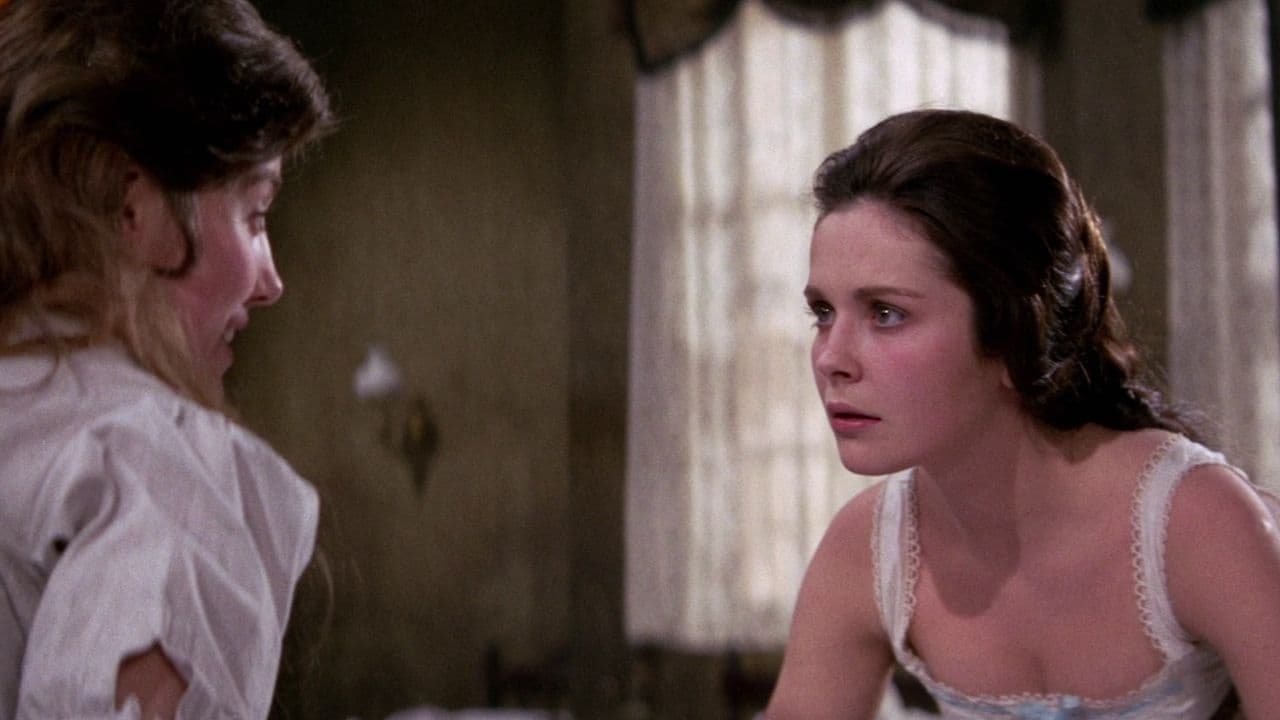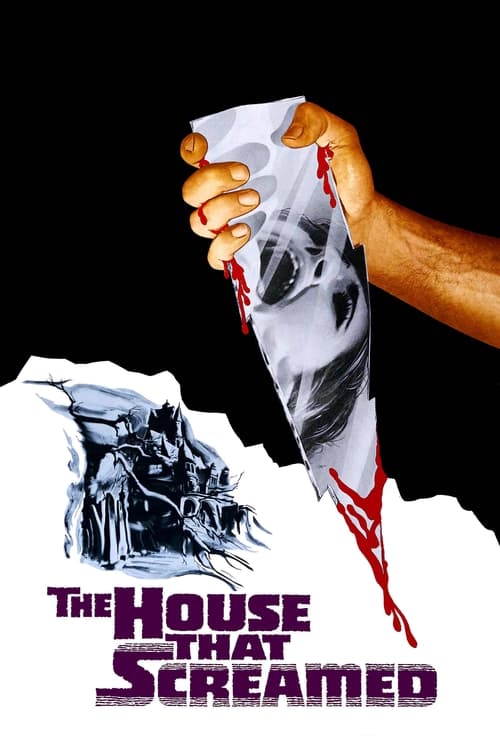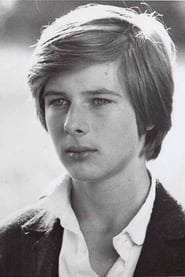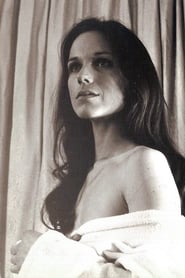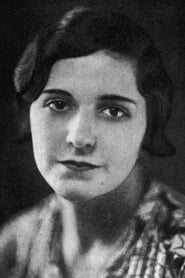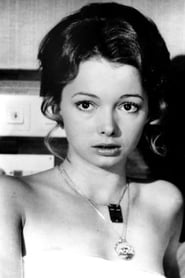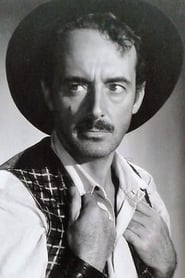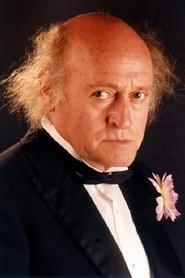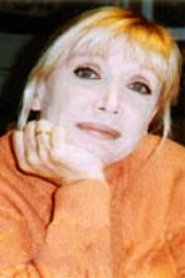Cast
View AllLilli Palmer
as Mrs. Fourneau
Cristina Galbó
as Teresa
John Moulder-Brown
as Luis
Maribel Martín
as Isabel
Mary Maude
as Irene
Cándida Losada
as Ms. Desprez
Pauline Challoner
as Catalina
Tomás Blanco
as Pedro Baldié
Víctor Israel
as Brechard
Teresa Hurtado
as Andrea
María José Valero
as Elena
Conchita Paredes
as Susana
Ana María Pol
as Claudia
Mari Carmen Duque
as Julia
Paloma Pagés
as Cecilia
Crew
Director
- Chicho Ibáñez Serrador
Reviews
Wuchak
**_Sort of “Psycho” at a finishing school in the late 1800s_**
During the Victorian Era, a new student (Cristina Galbó) is brought to boarding school for “difficult” girls in France, run by a strict headmistress (Lilli Palmer). Teresa has to deal with the mean girl in charge (Mary Maude) while befriending the teenage son of the headmistress (John Moulder-Brown). The situation takes a turn for the worse as girls go missing.
A Spanish production, “The House That Screamed” debuted in Spain at the end of 1969 titled “La residencia” and didn’t make it to North America until 1971. It is a psychological youth drama that eventually throws in bits of horror.
No, it's not an exact copy of “Psycho”; it has its uniqueness, but the similarities are there. So, it's an early slasher, but with less focus on kills and more on psychological drama/mystery. "Lust for a Vampire" came out a year later and had a similar milieu, just with the vampire angle. “Suspiria” was obviously inspired by it.
Fans of "Lust for a Vampire," "Picnic at Hanging Rock," “Suspiria,” “The Woods” and “The Moth Diaries” should appreciate “The House That Screamed” since it’s _the_ template. It features the first ever close-up slow-motion murder in the history of Spanish cinema and was the highest-grossing film there at the time.
The movie runs 1 hours, 38 minutes, and was shot in Madrid with exteriors of the school done 288 miles north of there at Palacio de Sobrellano in Comillas, Spain, which is on the Bay of Biscay.
GRADE: B-/B
Oct 9, 2023
Thematic Analysis
This Horror/Mystery/Thriller film explores themes of fear and survival, delving into the psychological aspects of human nature when confronted with the unknown. The House That Screamed presents a unique perspective on the horror genre by focusing on the psychological terror rather than relying on typical jump scares.
Director Chicho Ibáñez Serrador brings their distinctive visual style to this film, continuing their exploration of themes seen in their previous works while adding new elements. Their approach to pacing and visual storytelling creates a viewing experience that rewards close attention.
Released in 1969, the film exists within a cultural context that now offers viewers historical perspective on the social issues of that era. Its reception demonstrates the diverse reactions to its artistic choices and its place in cinema history.
Did You Know?
- The production of The House That Screamed took approximately 11 months from pre-production to final cut.
- The final cut of the film runs for 100 minutes, though the director's initial assembly was reportedly 139 minutes long.
- The film contains approximately 1451 individual shots.
- The director insisted on using practical effects whenever possible, reserving CGI for only the most necessary scenes.
- The costume department created over 441 unique costume pieces for the production.
Historical Context
- In 1969, when this film was released:
- The space race between the USSR and USA was at its height.
- Social and cultural revolution was transforming Western societies.
- The film industry was dominated by major studios, with independent cinema still in its early development.
How This Film Stands Out
While The House That Screamed shares thematic elements with other films in its genre, it distinguishes itself through its unique approach to storytelling, visual style, and character development.
Unlike Hometown Killer, which focuses more on action than character development, The House That Screamed offers a fresh perspective through its innovative visual language and narrative structure.
While films like Minor Details and Rising Boas in a Girl's School explore similar territory, The House That Screamed stands apart through its deeper exploration of its central themes and more complex characterization.
This film's unique contribution to cinema lies in its bold artistic choices and willingness to challenge viewer expectations, making it a valuable addition to its genre.
Details
- Release Date: December 1, 1969
- Runtime: 1h 40m
Where to Watch


